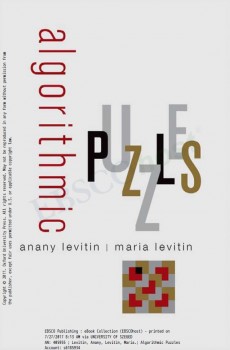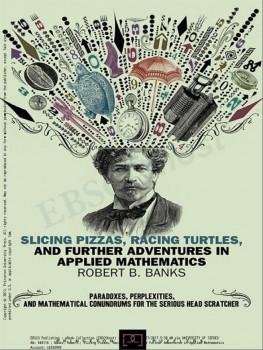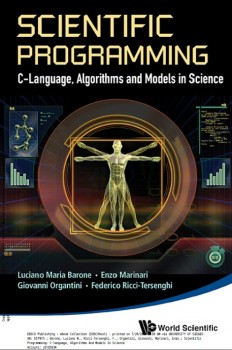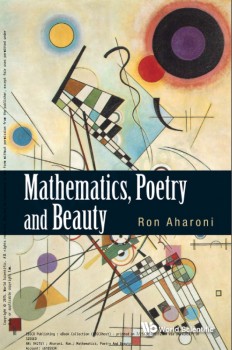50 Visions of Mathematics
Relax: no one understands technical mathematics without lengthy training but we all have an intuitive grasp of the ideas behind the symbols. To celebrate the 50th anniversary of the founding of the Institute of Mathematics and its Applications (IMA), this book is designed to showcase the beauty of mathematics – including images inspired by mathematical problems – together with its unreasonable effectiveness and applicability, without frying your brain.






